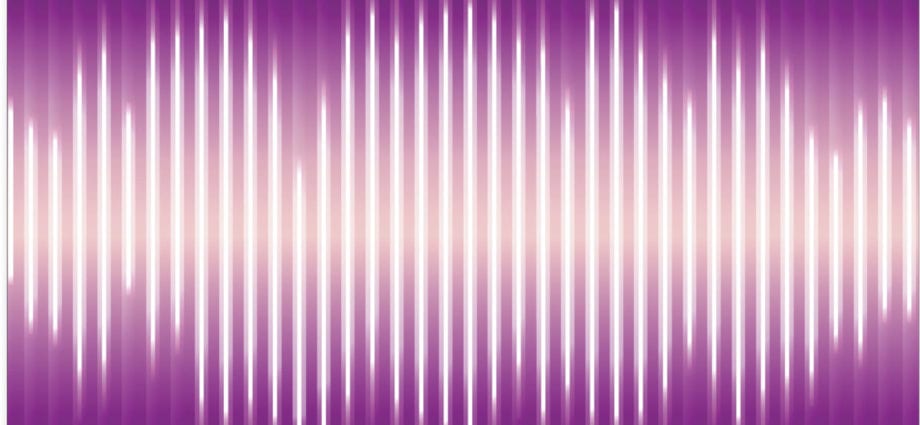You’ve probably heard of white noise produced by mixing sounds of different frequencies. They are often marketed as a way to make it easier to fall asleep. However, a study by Professor Jue Zhang, Ph.D. from the University of Beijing (China’s Peking University), showed that the sound with the even more beautiful name “pink noise” helps to fall asleep much faster.
Pink noises are a type of sound in which all octaves are of the same strength, or perfectly matched frequencies. Imagine the sound of rain falling on the sidewalk, or the wind rustling with tree leaves. The name of this noise is due to the fact that light with a similar spectral density would have a pink tint.
Scientists from China decided to find out how pink noises affect sleep. The study involved 50 volunteers who were alternately immersed in silence and exposed to pink noises during nighttime and daytime sleep, while recording their brain activity. The vast majority of subjects – 75% – noted that they slept much better with pink noises. In terms of brain activity, the level of “stable sleep” – the best quality sleep – increased among participants who slept at night by 23%, and among those who slept during the day – by 45%.
Research has shown that sounds play a huge role in brain activity and brain wave synchronization, even when you are sleeping. The constant hum of pink noises slows down and regulates brain waves – a sign of healthy, quality sleep.
To experience this for yourself, turn on the sounds of wind or rain in the forest before going to bed, creating an even continuous noise. You can download these sounds as an application on your smartphone or buy a special small device.










